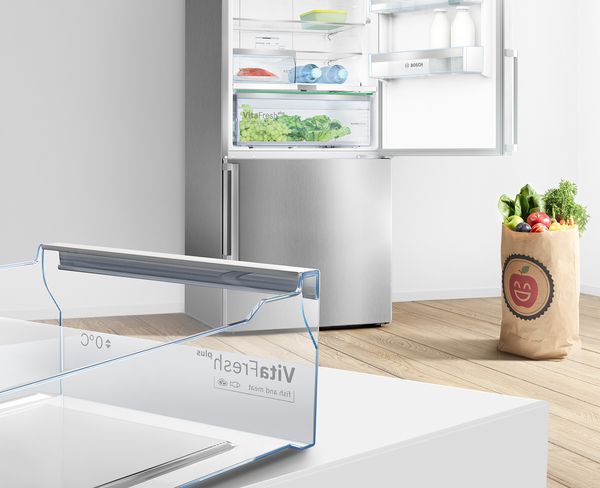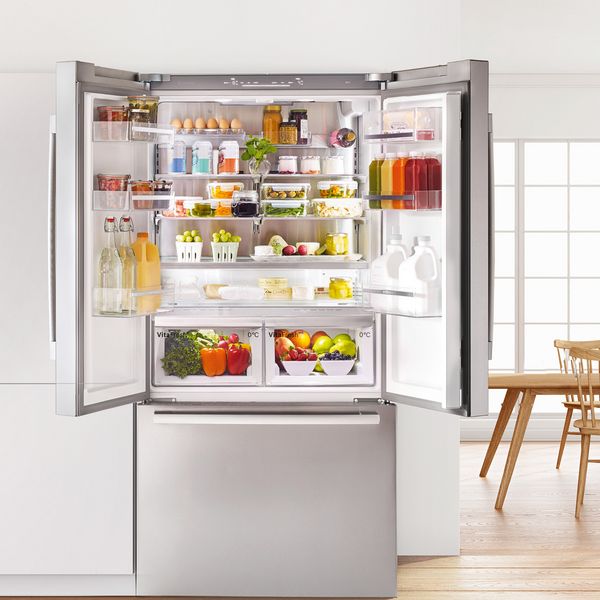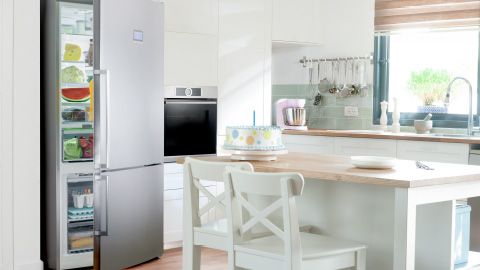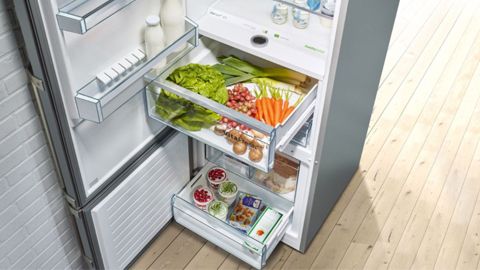Refrigeration is an essential part of our modern home lives. Our fridges and freezers keep food fresh for longer and help us store leftovers safely. Proper refrigeration can allow you to get more from your weekly shop, save money, and reduce waste by keeping all kinds of things at a safe, bacteria-halting temperature.
But there are many ways that refrigeration can go wrong, from putting hot food into a cold fridge (an absolute no) to keeping things chilled when they don’t need it. In this guide, we’ll share some dos and don’ts of refrigeration, so you can ensure your kitchen is as safe and functional as possible.
Can you put hot food straight into the fridge
This is a question we get asked a lot, and it makes sense! Getting leftovers into the fridge as soon as possible is the best way to prevent bacteria from overdeveloping. But can you put food into the refrigerator too soon after cooking?
Do leftovers need to cool before refrigerating?
Bacteria on food can cause food poisoning, which is common and usually not severe. However, in some cases, food poisoning can be pretty dangerous. Either way, you’ll want to avoid any type of sickness in your household.
So, does it make sense to put leftovers into the fridge as soon as they’re cooked? While you want to chill them down and halt bacteria before it spreads, putting hot or even warm food into a cold fridge has many problems of its own.
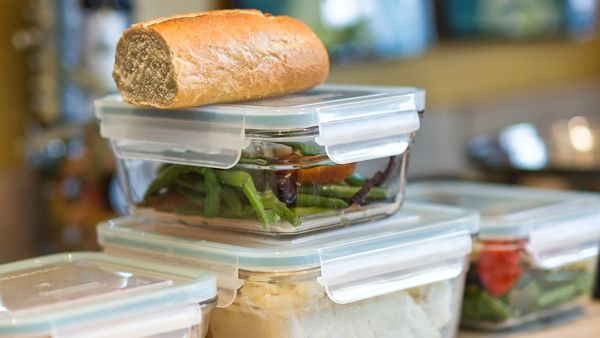
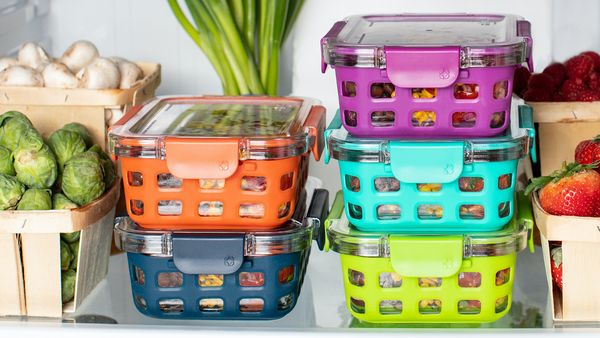
What happens when you put hot food into the fridge?
It’s not about the hot food you’re trying to cool, but the rest of the items in your fridge. When you introduce something with a higher temperature to your controlled fridge environment, you’ll raise the temperature of everything else inside. No matter how smart your appliance, it would need to work much harder to maintain a low temperature with a steaming-hot meal heating things up.
Additionally, when you put something warm or hot inside your fridge, the clashing temperatures will create condensation. This might settle on the back wall of your fridge and become ice, which can, in turn, freeze any food items touching the wall. Condensation in your fridge can mean added moisture where you don’t want it, too. For example, salad leaves might spoil more quickly if they get wet from condensation.
So, can you put hot food in the fridge? No, you should wait until it’s cooled.
How should you wait before putting hot food into the fridge?
Keeping leftovers is an excellent way to get more from your shopping and reduce time spent cooking. It can also help your weekly budget go further. What’s not to love?
The two-hour window
Generally, it’s best to put hot food and leftovers into the fridge within two hours of being cooked. After this time, bacteria can start to grow and transform your delicious meal into a bout of food poisoning waiting to happen.
Two hours should be more than enough time for your hot food to cool to an acceptable and fridge-ready temperature.

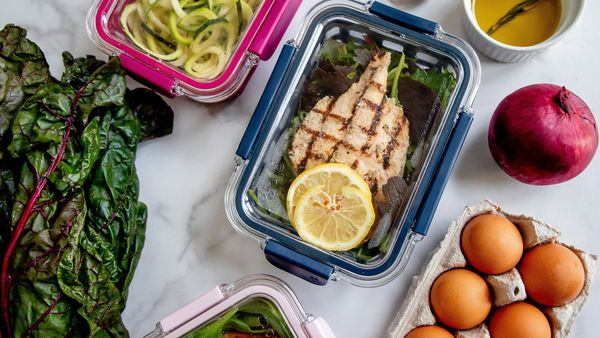
How to cool food down faster
If you can’t wait two hours, or you’ve prepared a large quantity of hot food that won’t cool in time, there are some ways you can speed up the process.
• Separate hot food into smaller containers – the smaller the portion size, the quicker the food will cool down
• Leave leftovers in stainless steel containers to cool – stainless steel transfers heat from food much faster than plastic, and you can always move the portion back into a plastic container for storage
• Use an ice water bath – put your leftover containers into a sink filled with icy water and stir for even speedier cooling
• Add ice cubes – if you’re chilling soup, stew, or another meal that won’t be spoilt by water, mix through a couple of ice cubes to help it cool more quickly
• Store warm food in the fridge with space around it – so that the cold air can circulate
What goes in the fridge, and what can stay out?
If you’ve ever been a guest in somebody’s kitchen during mealtimes, you might be surprised to see them pulling bread, butter, and fruit out of the fridge. Similarly, visitors to your house could be horrified upon noticing your mayonnaise and eggs in a kitchen cupboard. Where to store groceries divides households, and it probably always will.
Despite what many might say, there are correct places to keep your ingredients, and it pays to know where they are.
Should you put eggs in the fridge? Yes, store your eggs in a cool, dry place, like the fridge, to keep them at a safe and consistent temperature. Eggs should be held at a stable temperature of below 20 degrees to stay safe.
But why are eggs not kept in fridges at the supermarket? Good question. Supermarkets generally maintain lower temperatures to keep food fresher for longer. Ever notice the gusty feeling when you step through the doors? Most supermarkets keep their atmosphere below 20 degrees, so eggs don’t need to go in fridges to stay safe.
If you have a handy egg holder in your refrigerator door, you might want to rethink storing them here, too. The compartments in your fridge door are more prone to temperature fluctuations. That means they’re better for keeping less bacteria-prone foods and beverages, like juice, filtered water, and preserves.
Store your eggs in their cardboard container on the middle shelf of your fridge to protect them from odorous foods nearby. Eggshells are porous, so any strong-flavoured foods could change their taste.
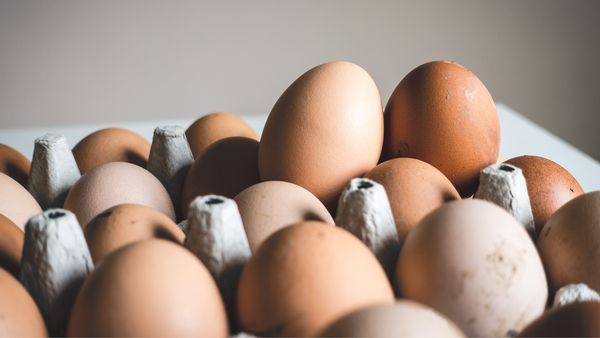
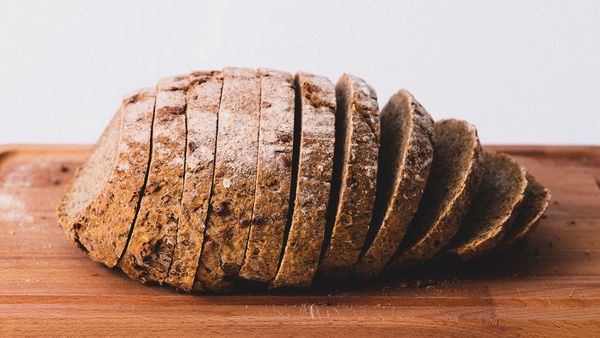
Bread
Another divisive grocery, many households store bread in the cupboard or a bread bin. At the same time, some choose to keep their loaves in the fridge. We’re sure you’re firmly on one side of the fence when it comes to bread storage. But who’s right?
Bread is best kept in a dry, room-temperature area, which means keeping it in the fridge is a bad idea. Rather than keeping your fluffy loaves fresher for longer, cool fridge temps can cause the starch in bread to recrystallise more quickly. This means refrigerated bread gets mouldy faster than it might when kept in a cupboard or sealed bread box.
If you have a loaf of bread that you don’t think you’ll use, slice it up and put it into the freezer. That way, you can defrost slices when you need them in the toaster or by leaving them out at room temperature.
Want to refresh a hard, stale loaf of bread? As long as there’s no mould, you can get your loaf back to delicious softness in no time. Simply run the hard bread under the tap for a second, so the crust is wetted, and pop it into a moderate oven for around 10 minutes. The starch in your loaf will absorb the water, and it’ll come out with a crusty outside and fluffy middle, ready to enjoy. If you don’t want to eat it this way, blitz your stale loaf into breadcrumbs for cooking.
Potatoes
Where’s the best place to store potatoes? Britain’s favourite starch should be kept somewhere cool, dry, and dark – but not in the fridge. Storing potatoes in the refrigerator does nothing to prolong their life.
In fact, keeping potatoes in the fridge can actually increase the amount of sugar in them. When we cook potatoes and other starchy foods, they produce an organic compound called acrylamide. Too much of this can be harmful, and keeping them in the fridge means more sugars to convert into acrylamide.
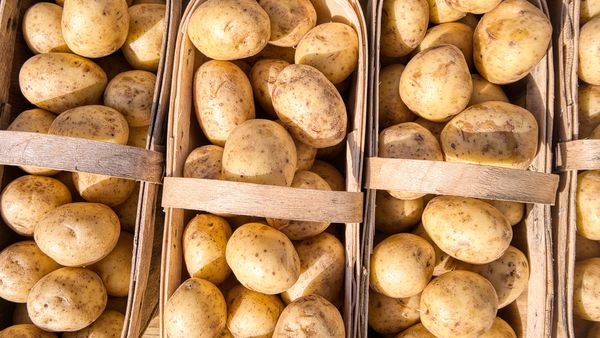
Potatoes also last longer when kept in the dark place, well away from direct sunlight. Direct light or warmth can cause potatoes to spoil or start sprouting, while if you keep them in the dark, they can last for weeks or even months.
Keeping potatoes in a basket or paper bag is also a good idea since these materials allow plenty of circulation that will help keep your produce fresh. Plastic bags, like the kinds that supermarket potatoes come in, often trap moisture. Storing potatoes in this damp environment can cause them to spoil faster, so get them out of there as soon as you arrive home if you want to make the most of your purchase.

Fruit
Where do you keep your fruit? Many of us enjoy storing colourful fruit in a bowl. Not only does this make our healthy snacks more accessible, but it can be an attractive addition to your kitchen table too! Plus, many room-temperature fruits, like berries and tomatoes, taste better than they might when cooled down.
However, if you want them to last longer, it’s best to keep fruit in a refrigerator crisping drawer. Supermarket fruit often comes in plastic bags with small holes, which let air in and moisture out. Still, it’s best to remove fruit from these bags, putting it into a paper or canvas alternative or straight into your fridge to reduce the amount of trapped moisture.
If you’ve brought home some under-ripe fruit, you’ll want to keep it at room temperature to ripen before popping it into the fridge. This might include avocadoes, mangoes, melons, peaches, plums, and bananas.
Did you know, apples and bananas release gasses that cause other fruits and vegetables to ripen faster. If you want to ripen fruit quickly, put it into a paper bag with some apples or bananas. On the other hand, it’s a good idea to store apples and bananas in a different part of your fridge to prevent ripe fruits and vegetables from going stale too quickly.
More foods that should be kept in the fridge
Some more foods and condiments are best kept in the fridge, even if you never have before. While they might be ok in a cupboard or on your kitchen counter, these everyday groceries will be tastier and last longer if you chill them.
• Mustard
• Horseradish
• Ketchup
• Maple syrup
• Soy sauce
• Nut flours
• Butter
• Organic nut butter
• Dairy-free milk
• Jam
• Cheese
• Fresh herbs
• Tortillas
• Cured meat


Foods that don’t need to go in the fridge
If you’re putting things into the fridge that you wouldn’t usually, you might be getting a little tight on space. Some foods don’t need to be kept in the refrigerator; move them to cupboards instead.
• Hot sauce
• Potatoes
• Onions
• Garlic
• Bread
• Tomatoes
• Coffee
• Squash
• Baked goods
• Chillis
• Aubergines
How often should you clean your fridge?
Your fridge should be looking good and healthy by now. Still, you’ll want to make sure you keep the shelves, drawers, and walls bacteria-free if you’re going to live your best fridge life!
Refrigerators are one of the most essential appliances in our home, and they’re hard at work 24/7, keeping your ingredients and leftovers safe and ready to eat. Show your fridge some TLC with a monthly deep-clean that involves checking there’s nothing mouldy lurking at the back.
How to clean your fridge
• Remove everything from the fridge – it’s a good idea to clean your fridge right before you go shopping, so there will be fewer things to remove, and you can figure out what you need to buy
• Throw away anything mouldy or past its use-by date
• Remove drawers and shelves from the fridge
• Wash components (drawers, shelves, trays) by hand – use warm, soapy water
• Rinse and set them aside to dry
• Wash the inside of your fridge with a sponge and warm, soapy water – make sure you get into all the crevices!
• Dry the inside of your fridge – using a clean cloth or paper towel
• Sanitise components and the inside of your fridge – using an anti-bacterial spray and a clean, dry cloth
• Slot your dry fridge components back inside
• Wipe down the outside of your fridge – using a soft cloth and anti-bacterial spray
Time to show your fridge freezer and groceries the love and respect they deserve and enjoy a healthy, hygienic life at home.
VitaFresh - the best fridges for vegetables
VitaFresh’s temperature and humidity controlled compartments enable you to store different fresh foods separately and in the best possible environment.
Our VitaFresh technology helps you keep your vegetables and fruits fresh for longer, resulting in more food to enjoy and less to be wasted. We believe that zero food waste is not only a goal to strive for, but a goal that can actually be achieved.
